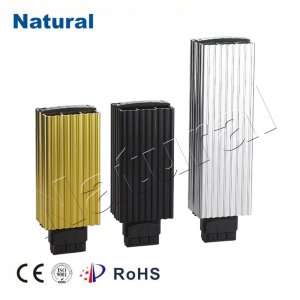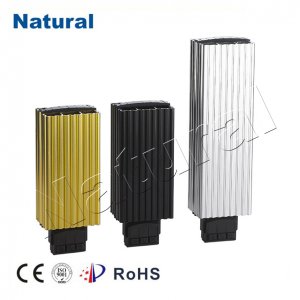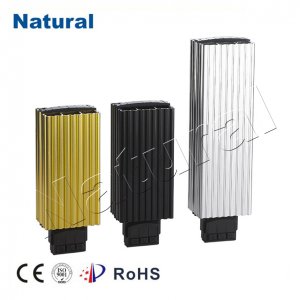Element heaters, also known as resistance heaters or heating elements, are devices that convert electrical energy into heat through the process of resistance. They are a common component in various heating applications, ranging from household appliances to industrial machinery. Understanding how element heaters work, their types, uses, and advantages can help consumers make informed choices when selecting heating solutions for specific needs.

How Element Heaters Work

Element heaters operate on a simple principle: when an electric current passes through a conductor, heat is generated as a result of electrical resistance. The amount of heat generated is proportional to the resistance of the material and the current flowing through it, according to Joule’s Law. This principle is harnessed in various types of heating elements, which can be made from different materials, including nickel-chromium alloy, copper, and ceramic, depending on the desired application and performance characteristics. Types of Element Heaters Immersion Heaters: These heaters are designed to be submerged in liquids, making them ideal for applications such as heating water in tanks, pools, or industrial processes. Immersion heaters come in various designs, including flange-mounted and screw-plug styles, allowing for versatility in their application.
